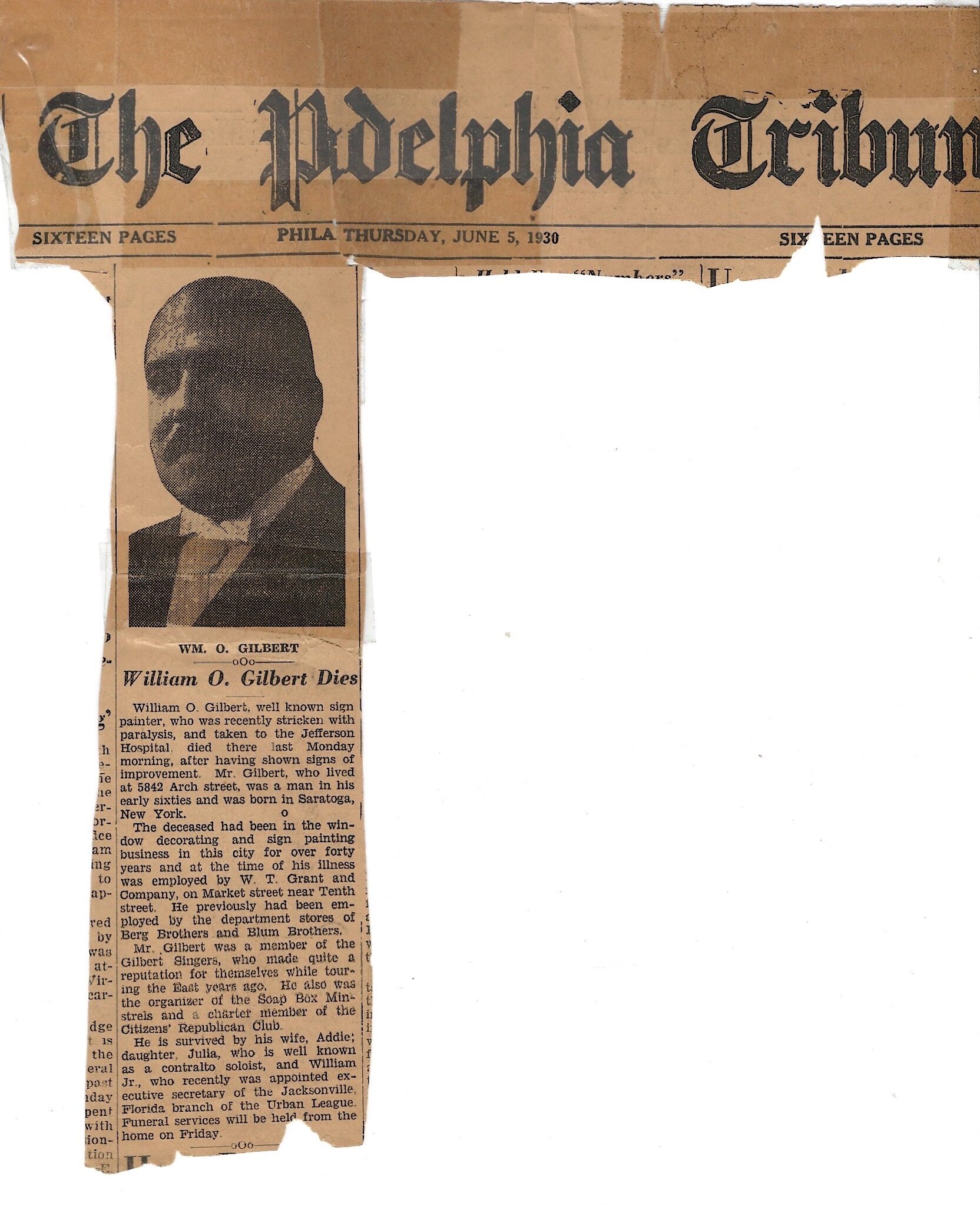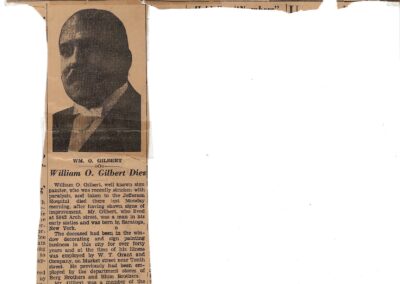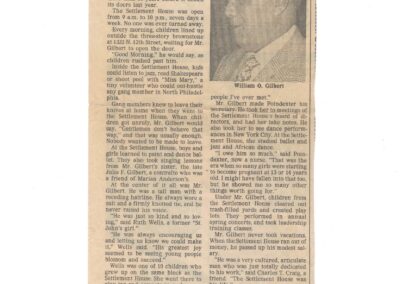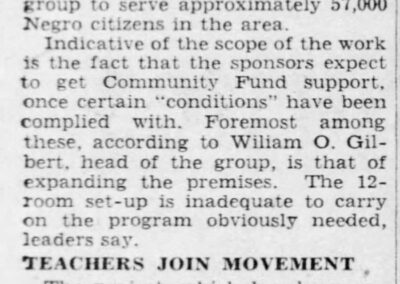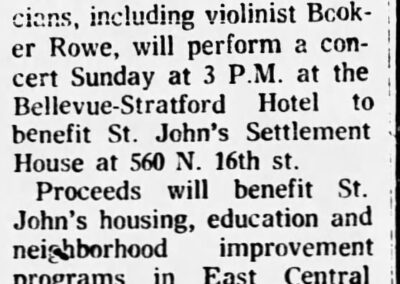I awakened today, Saturday, with the intent of submitting a few simple paragraphs to Wikipedia such that Oliver would have his own page. He should, right? I read Wikipedia’s Terms of Use and got started.
That was 8am. Here, it is 3:40pm and I’ve been writing non-stop, and am completely off track from Wiki. Good news – creativity brain has taken the reins from business (wiki) brain and we’re writing (in my Oprah screaming voice)!
Wikipedia requires omission of personal details or anything which sounds like storytelling. They want the facts, and nothing but the facts. I thought I could do that, but now realize that I have a hard time not giving you all the back-stories and side-stories and, oh, all the TEA. Tea? Yes, Tea is a term we use in black culture to describe ALL the things going on, which used to be T, but was converted to Tea, because we, in the black community, specialize in converting things…. at will. It’s a superpower!
“Yeah, my T. My thing, my business, what’s goin’ on in my life.”
— Lady Chablis quoted in Midnight in the Garden of Good and Evil, John Berendt, 1994
Now that we understand each other on the T / Tea….
In the end, I spent the entirety of today writing about one topic,
‘How I came to acquire Oliver Gilbert’s autobiography and its journey from his hands to mine’.
The draft is quite lengthy, so I’ll break it down into 5 parts because the world’s attention span is, well, shot to hell.
Part 1
Near the end of his life, Oliver dictated his life’s story to his wife of 51 years, Maria S. Gilbert (1843-1922) born free in Rome, NY,) who penned Oliver’s autobiography, which was meant for publication.
The autobiography of Oliver Gilbert never made it to the publishing house. Maria, living in West Philadelphia on Haverford Avenue, steeped in grief following the death of her husband, gave the narrative, along with Oliver’s scrapbook collection, to their eldest son, William Oliver Gilbert, Sr. (1867-1929), who later placed the documents into the care of his own daughter, Julia Gilbert ((1900-1977), a contralto soloist and (Tea) friend of Marian Anderson.
What was in the scrapbook collection? Stay tuned.
Cousin Julia, an avid family historian, who remained unmarried and living with her brother in their childhood home, kept the autobiography under strict lock and key, but drafted multiple handwritten, condensed versions for distribution amongst the family members. Many of these drafts survive today and I suspect quite a few are tucked away in boxes and bins, away from a casual glance because the stories are of slavery, and punishment, and the selling away of family members. But, also, the stories are of triumph and redemption.
Julia was widely known throughout Philadelphia for her musical talent and also for the graciousness with which she entertained her black community. She was an educator. A cousin, Normal Cospelich, has described her as light browned skinned, relatively small in stature, hair pulled into a bun vertically planted on her head, and adorned with eyeglasses.
I was once contacted by a woman on Ancestry whose mother had been friends with Julia. She shared that Julia would give classical music concerts in the parlor of her home, arranging chairs in classroom style and dramatically descending the staircase in ballgowns, throwing her elbow-length gloved hands into the air, and bowing her head to signal for ‘silence’ as the concert was ready to begin. A relative had corroborated this story. The woman from Ancestry said Julia’s concerts were the talk of the town and an invitation was quite the prize.
When Julia died in 1977, the original manuscript went to the care of her only sibling, William O. Gilbert, Jr, (1908-1991) a Philadelphia social worker who served as Executive Director of the St. John’s Settlement House in Philadelphia for more than 50 years before it closed in 1990. He died in 1991, unmarried and childless. His extensive obituary names no living relatives left to mourn, and there were no services. I have a suspicion as to why such a scenario existed, which I’ll reserve for later.
The extended family had forgotten about Oliver Gilbert’s original memoir and scrapbook collection.
Upon the death of William Jr., the Gilbert cousins sent a ‘clean out man’ to empty the contents of his home and prepare the property for sale.
The clean out man emptied the home’s ephemera into trash bags, inclusive of Oliver Gilbert’s manuscript, along with a lifetime collection of scrapbooks, news clippings, photographs of Oliver and Maria, and other items which Oliver Gilbert had saved from 60 years of musical performances and public lectures where he spoke about his childhood as enslaved and his escape on the Underground Railroad.
The trash bags were placed on the street afront William Jr.’s home at 5842 Arch Street, Philadelphia and left for fate to have its way.
The identity of the clean-out man is lost to time, but not the actions which followed. An experienced trash picker noticed the scene and recognized it as a probable clean-out. He opened the bags, scanning for anything of value and found the Oliver Gilbert collection along with William Gilbert’s collection of St John’s Settlement material.
The picker took the trash bags, contents intact, to a local flea market in the Fairmount section of Philadelphia, where he knew a Black-Americana memorabilia collector was frequently stationed at a table replete with posters of adorable little Black girls with pigtails and gingham dresses, cookie jars, dolls, and the occasional piece de resistance in the form of a document or other ephemera from a notable figure in black history. Ethel Hawkins was always on the hunt for something special and she was insatiably curious about black history. On this day, she was on site and acquired the collection for a relatively small sum.
Upon returning home that day, carrying trash bags of some unknown collection from some unknown party, Ethel changed into her pajamas, made herself a cup of tea, and with the anticipation of a child at the dawn of Christmas morning, spread the items across her bed.
There, before her, was the life of Oliver Cromwell Gilbert, a firsthand account in his own words and in the beautifully scripted handwriting of his wife, whose father was a black man and whose mother was a white woman who’d immigrated from England.
Ethel was transported to 1832, to a place and experience she’d never before known – slavery in Maryland.
Continue to Part 2
